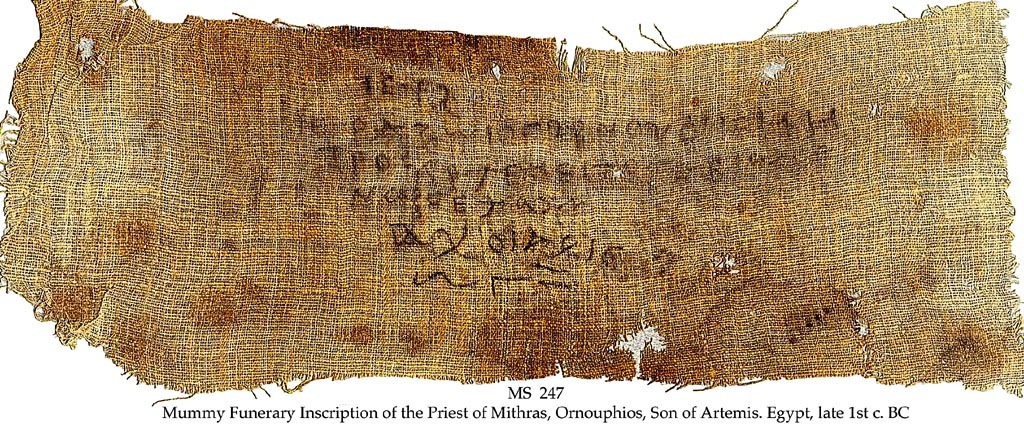Re: Tammus and Jesus : More than a distant connection?
Posted: Tue Mar 06, 2018 3:10 pm
I am not arguing to prove a point, since the article says it clearly enough. Tammuz and Jesus are different deities, and just because two other deities are similar, that is no evidence to say these two are.Joseph D. L. wrote: ↑Mon Mar 05, 2018 7:05 pm And you continue to make the most irrelevant comments.
I did read the article, and am very much aware of the arguments for and against the pagan parallel proposition.
My reason for bringing up Osiris and Dionysus is to show that, when Christianity and the Jesus story was beginning to emerge, such distinctions were not thought of. Osiris and Dionysus (and Adonis, Attis, Mithras and Sabazios) both had underlying differences. But despite these, they were all written of as being THE SAME god. Not similar, the same.
So the "superficial commonalities" and "significant differences" between Tammuz and Jesus is a moot point of contention.
You made it emphatically apparent that you had no desire to engage or discuss by saying that you don't have a point to prove. Yet 1) you continue to respond, and 2) shows you to be disingenuous.
My answer was to you, not to the argument, since you seemed unable to understand what I was posting.
I am glad that you have now read the article. There is nothing disingenuous in my comments, since I have supported their inclusion as being relevant to the thread.





